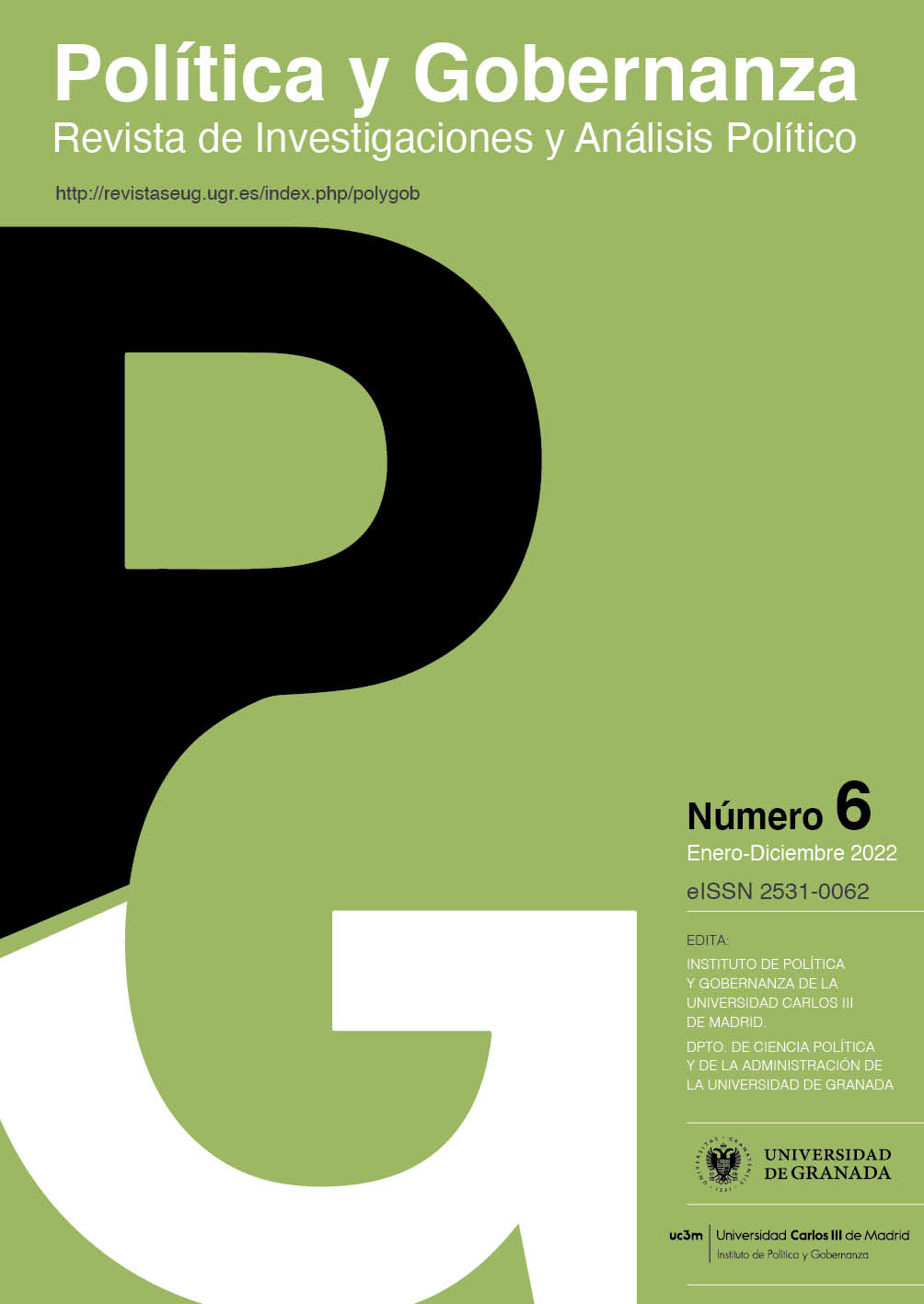Environmental Governance Gualí Tres Esquinas-Lagunas del Funzhé Wetland Funza Colombia
Main Article Content
Abstract
The central objective of the article is to analyze environmental governance in the Gualí Tres Esquinas-Lagunas del Funzhé wetland in the last 5 years. The methodology was based on the application of semi-structured interviews and documentary review; For the analysis, the categories of context, actors, plans, participation and historical continuity were chosen, which were addressed through qualitative analysis ATLAS.ti; In addition, a matrix analysis of environmental planning instruments was carried out to identify the main elements of governance. The investigation allowed to show relevant aspects for each of the chosen categories, such as the deterioration of the wetland due to the population and economic growth of the territory, the Autonomous Regional Corporation CAR (Environmental Authority) as the most relevant actor; the Environmental Planning and Management Plan for the Bogotá River Basin (2019) as the main planning instrument for addressing environmental governance; the JAC Community Action Board as the most recognized space for participation; and finally, the declaration of the Regional District of Integrated Management and the Environmental Management Plan of the wetland, as the main elements of historical continuity. The research also made it possible to identify the absence of networks of territorial actors, which are a key element for the creation of environmental governance platforms.



